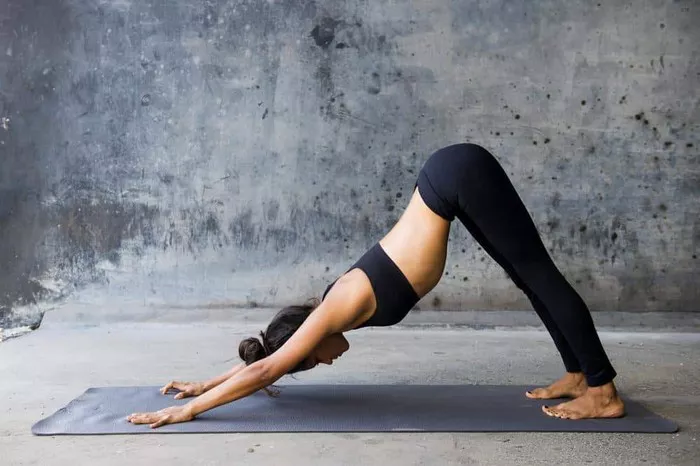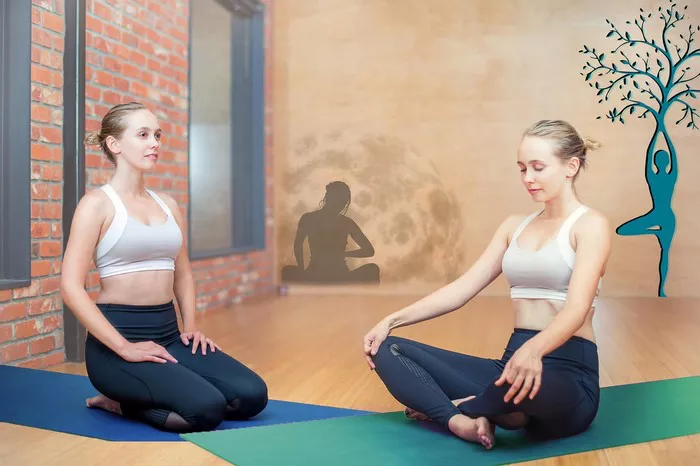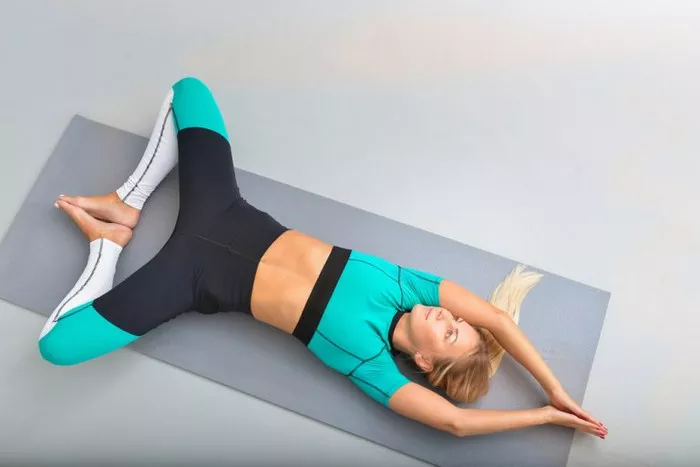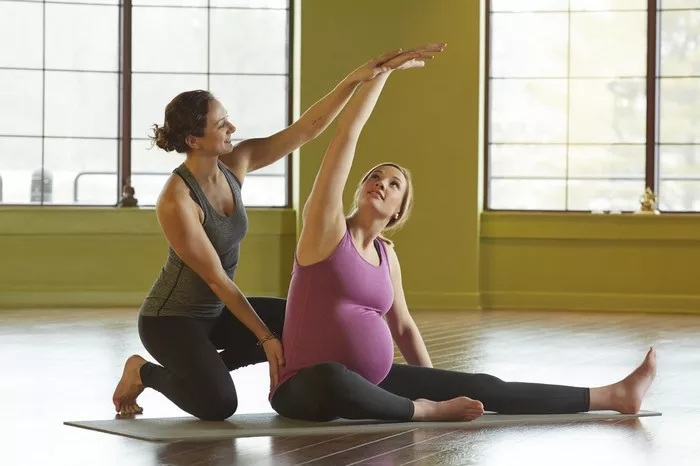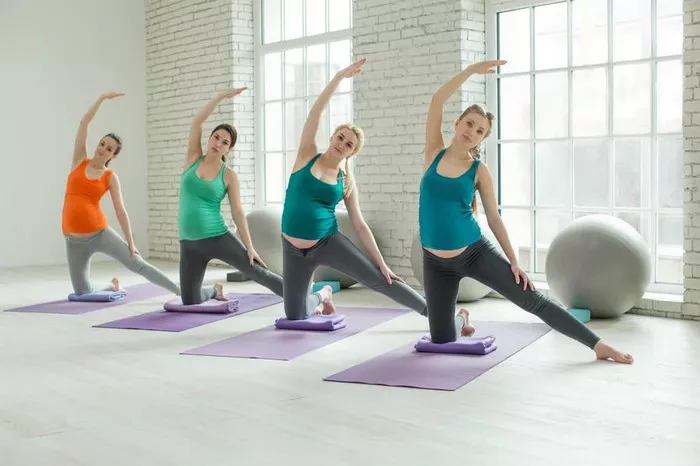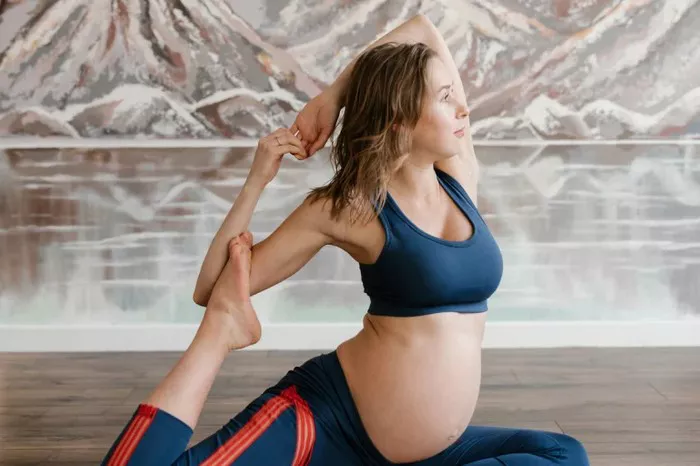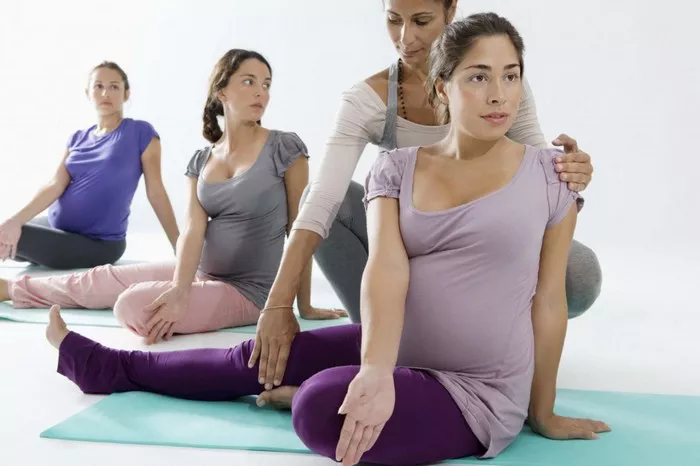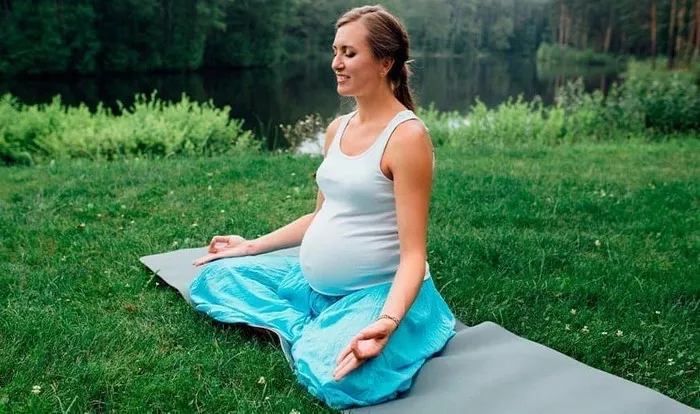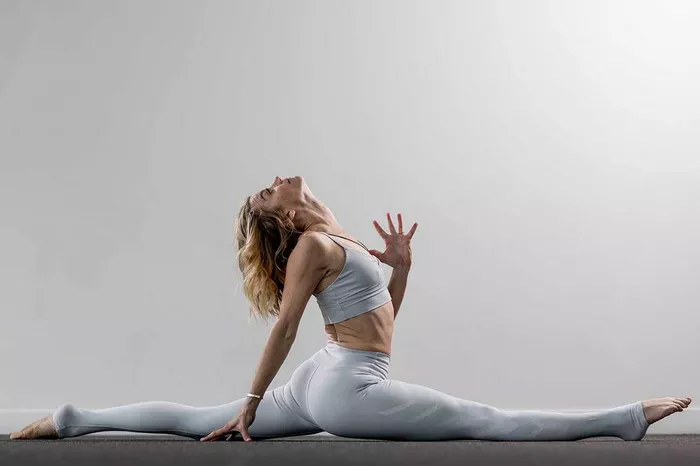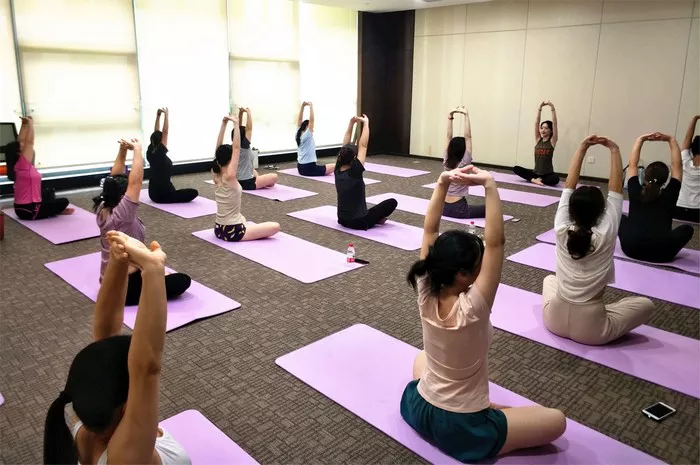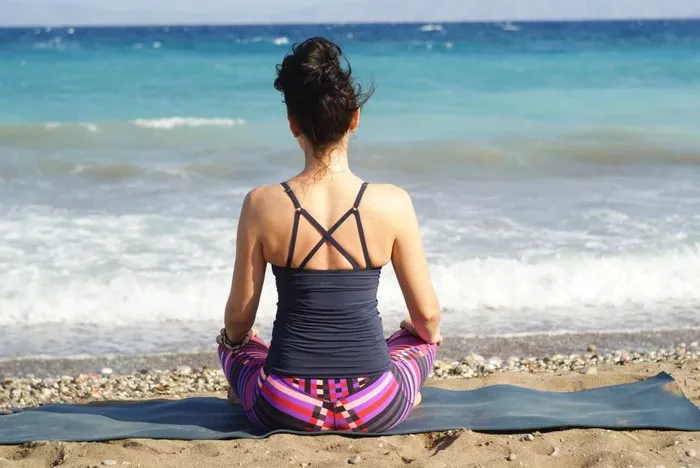Yoga has evolved over thousands of years, offering a variety of practices that cater to different physical, mental, and spiritual needs. Among these practices, dynamic yoga has become increasingly popular due to its energetic approach, providing a unique blend of strength, flexibility, and mindfulness. But with its intense movements and pace, you might be wondering: Is dynamic yoga suitable for beginners?
In this article, we will explore dynamic yoga, its potential benefits, and whether it is appropriate for those just starting their yoga journey. We will also highlight important considerations for beginners and offer guidance on how to ease into dynamic yoga safely and effectively.
What Is Dynamic Yoga?
Dynamic yoga is a type of yoga that emphasizes fluid, continuous movements and a faster-paced flow of poses. This practice integrates breath with motion, often moving from one pose to the next in a seamless sequence. It contrasts with more traditional styles of yoga, such as Hatha or Iyengar yoga, which are typically slower-paced and focus more on holding postures for extended periods.
Dynamic yoga can take several forms, with some popular styles including:
Vinyasa Yoga: Known for its breath-synchronized movements, vinyasa yoga flows from one pose to another, building heat and energy within the body. It often includes sequences like sun salutations and standing poses.
Power Yoga: A more vigorous form of vinyasa, power yoga involves a faster-paced sequence with an emphasis on strength-building postures like plank, chaturanga, and warrior poses.
Ashtanga Yoga: This traditional system follows a set sequence of poses, performed at a steady pace with synchronized breath. The series of movements is fixed, making it less fluid than vinyasa but still dynamic.
Flow Yoga: This term is often used interchangeably with vinyasa but can also refer to any yoga style that emphasizes fluid transitions between poses.
The primary goal of dynamic yoga is to cultivate energy, build strength, improve cardiovascular health, and enhance overall flexibility. It’s also deeply rooted in the concept of mindfulness, as practitioners are encouraged to maintain awareness of their breath and body alignment throughout the practice.
The Benefits of Dynamic Yoga
Dynamic yoga can be incredibly beneficial for both physical and mental well-being. Some of the key benefits include:
Improved Flexibility and Strength
The continuous movements involved in dynamic yoga improve muscle tone and flexibility. As you flow through different poses, your body becomes more supple and stronger. This helps to prevent injuries and enhances athletic performance.
Increased Cardiovascular Fitness
Because dynamic yoga is often performed at a faster pace, it helps to raise the heart rate and improve cardiovascular endurance. This makes it a great complement to other fitness routines or an alternative to more traditional forms of cardiovascular exercise.
Enhanced Focus and Mental Clarity
Dynamic yoga requires you to synchronize your movements with your breath, which helps increase mental focus. This process of continuous flow can quiet the mind and reduce stress, making dynamic yoga a valuable tool for cultivating mindfulness.
Weight Loss and Detoxification
The intensity of dynamic yoga leads to increased calorie burn, which can contribute to weight loss. The physical exertion involved also helps stimulate the lymphatic system, promoting detoxification through sweating.
Balance and Coordination
The fluid transitions and challenging postures in dynamic yoga improve balance and coordination. These physical benefits can carry over into everyday activities, reducing the risk of falls and improving overall body awareness.
Is Dynamic Yoga Suitable for Beginners?
While dynamic yoga offers many benefits, it is important to assess whether it is the right choice for someone just beginning their yoga practice. The intensity and pace of the practice may pose challenges for beginners, but that does not necessarily mean that it is unsuitable. Here are some factors to consider:
1. Level of Physical Fitness
Dynamic yoga can be physically demanding. The fast-paced transitions and challenging postures may feel overwhelming if you are not yet accustomed to yoga or physical exercise in general. However, if you already have a basic level of fitness, dynamic yoga can be an excellent way to push your boundaries and build strength.
Tip for Beginners: If you are new to physical exercise or yoga, it may be beneficial to start with a slower-paced practice like Hatha or restorative yoga. Once you build a foundation in basic poses and breath awareness, you can gradually ease into dynamic yoga.
2. Knowledge of Basic Yoga Poses
Beginners should have at least a basic understanding of foundational yoga poses (such as Downward Dog, Warrior I, and Tree Pose) before embarking on a dynamic yoga practice. A solid grasp of alignment is crucial to prevent injury and ensure that the practice is effective.
Tip for Beginners: Many yoga studios offer beginner classes that focus on foundational poses. If you are new to yoga, consider starting with these classes before jumping into dynamic sequences. This will help you develop body awareness and alignment, which will benefit you in more advanced practices.
3. Breath Awareness and Mindfulness
In dynamic yoga, breath plays a critical role in supporting the flow of movement. Beginners who are unfamiliar with breathwork or mindfulness practices may find it difficult to synchronize their breath with their movements at first.
Tip for Beginners: Work on developing your breath awareness before attempting dynamic yoga. Simple pranayama (breathing exercises) like Ujjayi breath or diaphragmatic breathing can help you connect with your breath, making the transition to a more dynamic practice easier.
4. Instructor Guidance
An experienced yoga instructor is an essential resource, especially for beginners practicing dynamic yoga. A qualified teacher can offer modifications for poses, provide proper alignment cues, and ensure that you don’t push yourself too hard in the early stages.
Tip for Beginners: If you are new to dynamic yoga, seek out a teacher who is experienced in working with beginners. Attend classes in person or online where instructors can provide real-time adjustments and encouragement.
How to Ease into Dynamic Yoga as a Beginner
If you’re a beginner interested in dynamic yoga but are unsure how to approach it, here are some practical tips to help you get started:
Start Slowly and Listen to Your Body
Don’t rush into advanced sequences or try to keep up with more experienced practitioners. Focus on learning the foundational poses and building your endurance. Pay close attention to your body’s signals, and don’t be afraid to take breaks if needed.
Modify Poses
Dynamic yoga can be intense, but there are always ways to modify poses to suit your level. Use props such as blocks, straps, or blankets to assist with alignment and to make certain postures more accessible. If you’re struggling with a particular pose, ask your instructor for a modification.
Incorporate Strength and Flexibility Training
In addition to your dynamic yoga practice, incorporate strength-building exercises (such as bodyweight squats or push-ups) and stretching into your routine. This will help you improve the physical foundation needed for dynamic yoga and make the practice feel less overwhelming.
Practice Regularly
As with any skill, consistency is key. Aim to practice yoga a few times per week to develop your flexibility, strength, and breath control. As you progress, you can increase the intensity of your practice.
Take Restorative Classes
Since dynamic yoga can be intense, it’s essential to balance it with restorative practices. Consider taking a slower-paced class, such as Yin Yoga or Hatha Yoga, to allow your body time to recover and rejuvenate.
Conclusion
Dynamic yoga can certainly be practiced by beginners, but it is essential to approach it with the right mindset and preparation. While its faster pace and flowing sequences might initially seem challenging, dynamic yoga offers a wealth of physical and mental benefits. If you take the time to build a solid foundation in basic yoga postures, breath awareness, and mindfulness, dynamic yoga can become an exciting and rewarding part of your fitness journey.
Remember that yoga is not a race or competition. It’s about listening to your body, honoring your limits, and practicing patience. Whether you choose to start with a gentle class or dive right into a more dynamic flow, what matters most is finding a practice that suits your unique needs and helps you feel grounded and empowered.
Take it one step at a time, and don’t be afraid to ask for help or modifications from your instructor. With time, dynamic yoga can become a fulfilling and transformative practice that supports your overall health and well-being.
Related topics

